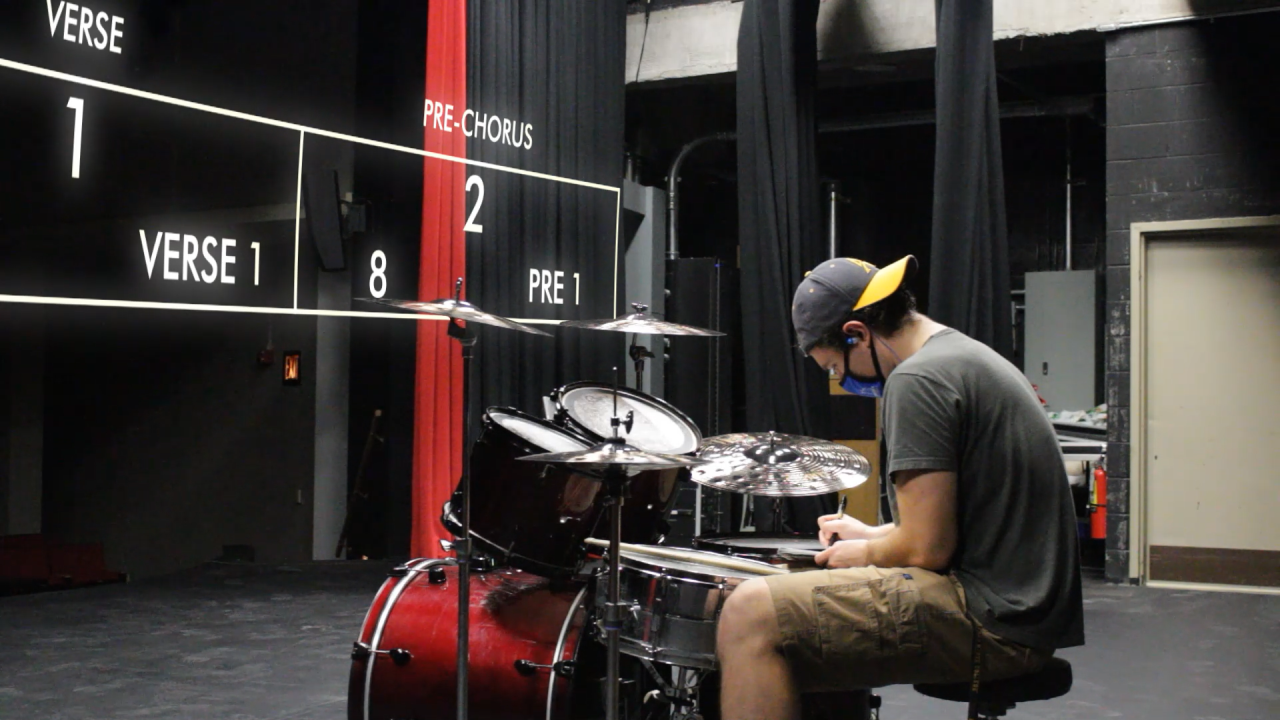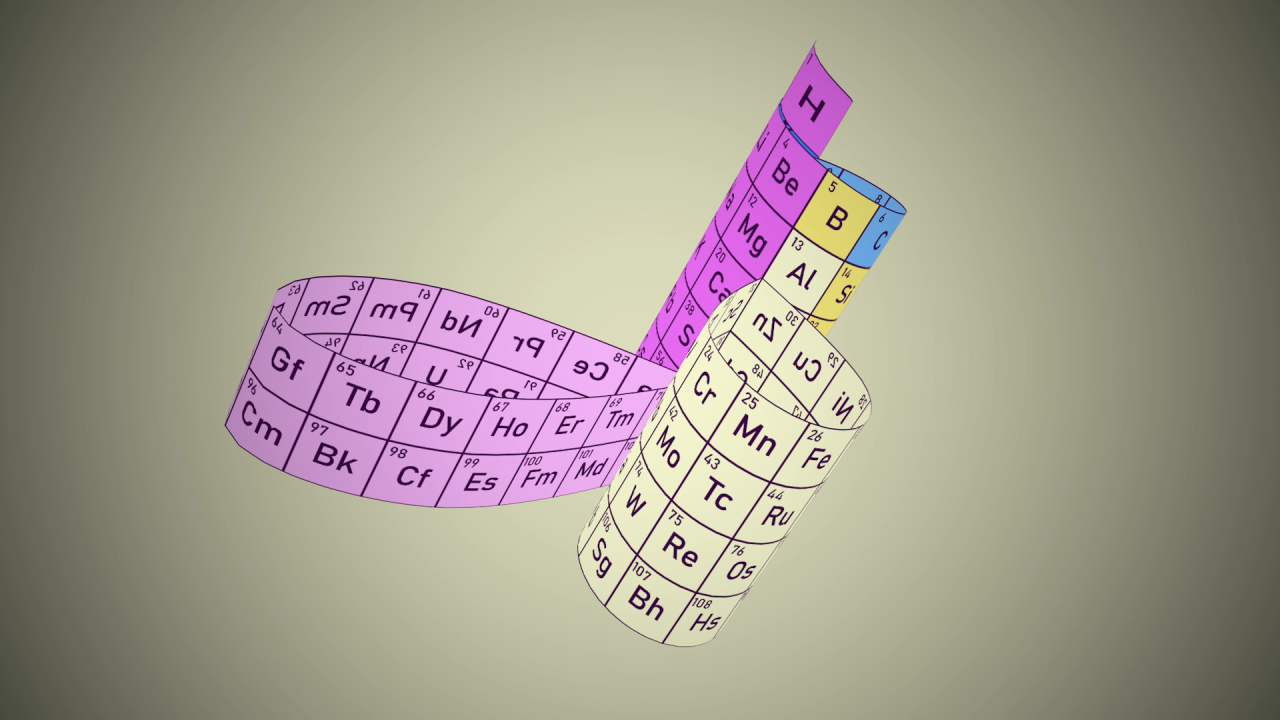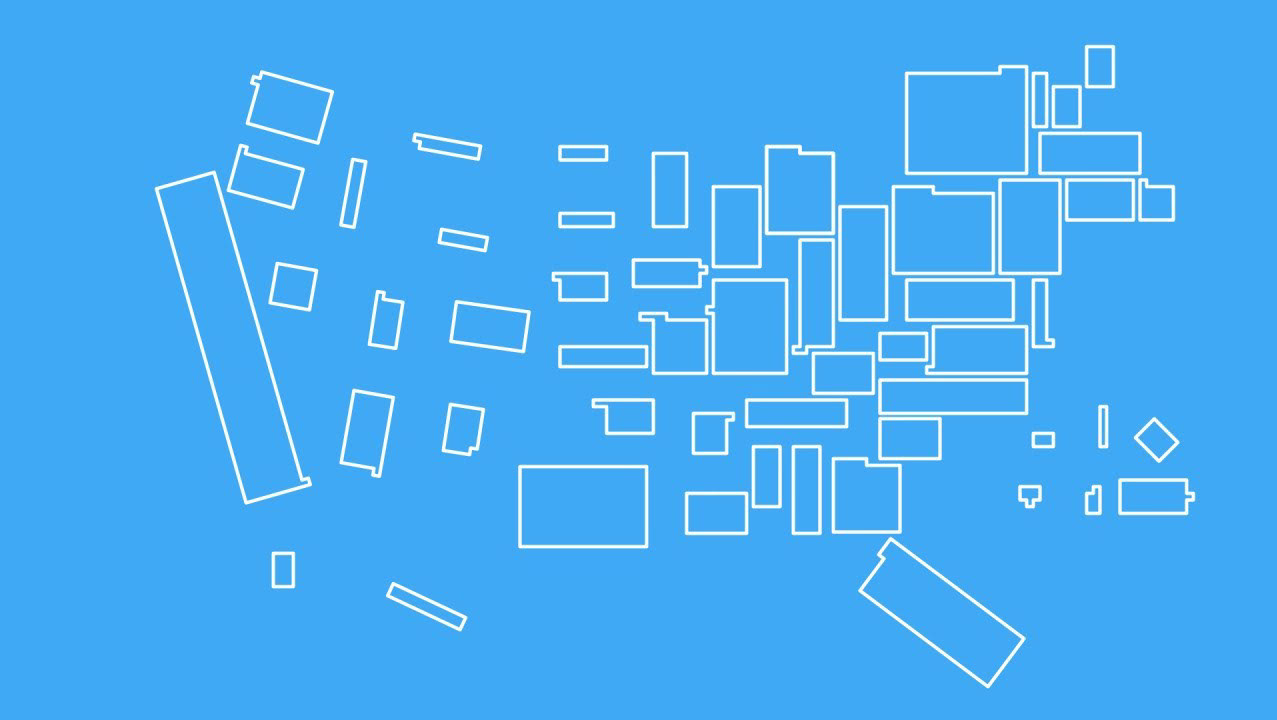"- the worlds of music and science collide -
When I played drums for my college's rock band, I needed a quick way to learn the drums fast for each new song we covered. Using some loose papers from my agenda book and some cool things I learned about the periodic table, I found a way to visualize the loose structure of any song we played - and maybe unlock a way to give a visual form to any song in the world."
A senior project for my bachelor's degree, I scripted, animated, shot, and performed all parts of this video.
The process of fleshing out the central song visualization concept started a year or so before I started making this video, giving me time to work out the kinks and communicate my concept to several peers, offering practice for the video's final script.




Besides being able to handle several parts of the animation pipeline at once, I also used this project to argue for my sense of unified design and clear communication of the ideas within, in a semi-educational framework. The pacing of the video is structured to be an educational video inspired from new media found on platforms like YouTube and Curiosity Stream (notable names include Vsauce, Veritasium, and Numberphile). Like these channels, rather than being presented as a straight educational video that focuses primarily on teaching a lesson, "The Shape of Songs" includes myself infusing my own personal perspective on developing this concept, leading to a sense that the narrator is simultaneously exploring the concept themselves as much as they are teaching the audience about it.
The design draws heavily from mixing vaporwave-era aesthetics with the clean-cut fonts and geometry seen in instruction manuals and diagrams of the mid-20th century. The intended result is to create a timeless design that mirror's the central visual concept's ability to be applied to songs from multiple decades - not just contemporary music.
Cinema 4D workspace, showing hierarchy of splines and spline wraps used to turn the 2D objects into 3D objects. In order to maintain having flat constant colors, all textures were imported into a luminance attribute, with alpha channels activated as needed.
The animations that bend each 2-dimensional diagram into 3-dimensional shapes were done in Cinema 4D. This is a program I started learning for this project, as I had previously toyed around with trying to produce these animations in Maya with no success. Cinema 4D's splines and wrapping tools made the process extremely easy, and as a result I'm proud to say I was able to achieve nearly the exact vision I had in my head for how they would look.
Animated, scripted, and edited by Jacob Yatsko.
Adobe After Effects/Illustrator/Premiere, Cinema 4D






